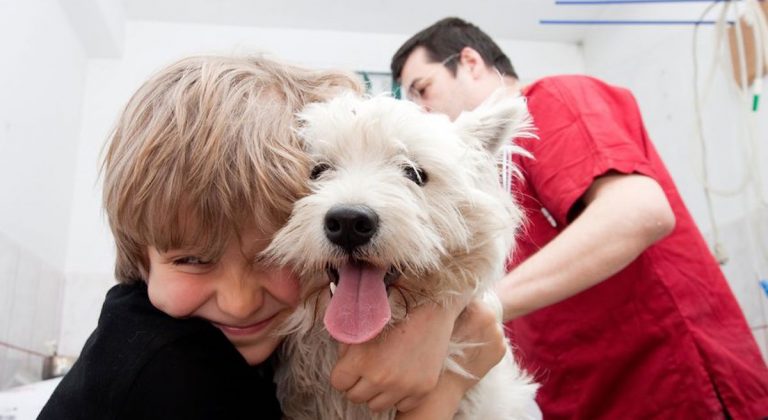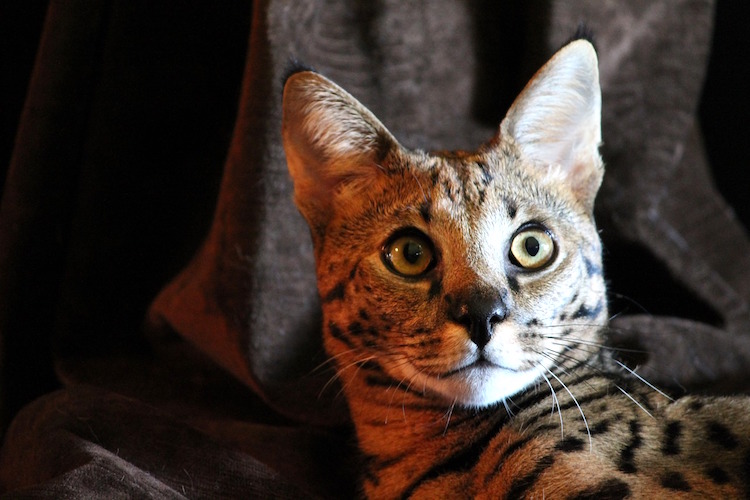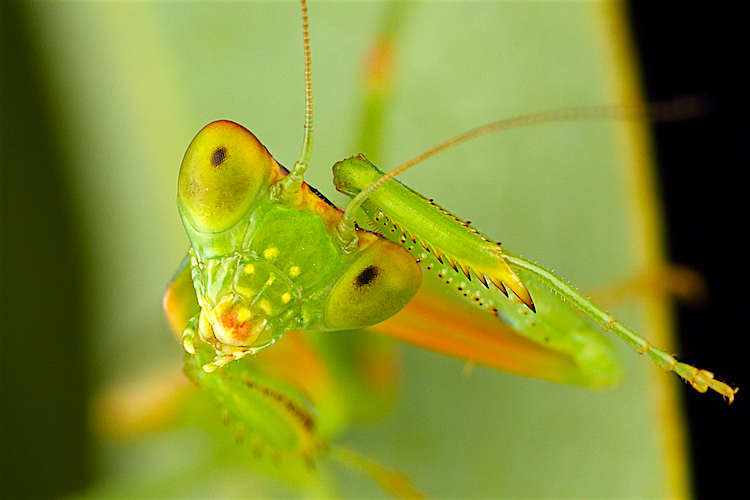Growing and Maintaining Your Own Butterflies
Monarchs are a popular choice for those who want to responsibly grow and maintain butterflies.

Butterflies, particularly monarchs, are just one stunning example of how maintaining nontraditional pets can not only be informative and interesting but also good for the environment.

Don’t leave your pet’s safety to chance
Sign up for Petful recall alerts today.

The Butterfly Life Cycle
Butterflies are herbivores and have a typically 6- to 8-month life span that includes four stages:
- Egg: The female butterfly lays an egg on a plant leaf. The egg hatches within 3 to 5 days.
- Larva: Once the egg hatches, a caterpillar is released. The caterpillar will typically molt (shed its skin) 4 times before turning into what we recognize as a cocoon.
- Pupa: The caterpillar spins silk to create a cocoon attached to a branch. The entire body is reorganized and emerges as a butterfly 10 to 12 days later.
- Adult: Butterflies no longer grow during this stage. Instead they spend their time feeding off of plant nectars and reproducing.
Female monarchs, for example, try to find a native milkweed plant on which to lay eggs so its emerging caterpillar offspring has an immediate food source.
Males can be distinguished by a dark spot on the hind wing that releases pheromones; females have thicker wing veins.
The incredible transformation of a monarch butterfly has been captured in this video:

Monarch Butterflies Vacation in Mexico
A favorite among butterfly keepers, monarch butterflies are known for their exotic, bright-orange wings and long migration routes to mountaintops in central Mexico, where they avoid harsh winter temperatures.
They are also kept as pets and in zoo exhibits that encourage conservation of these dazzling creatures.
Monarchs are poisonous enough to make an animal sick if eaten because, as caterpillars, they eat the poisonous milkweed plant on which they hatch.
The common North American Viceroy butterfly, which mimics the monarch in appearance, is not poisonous to those that eat it — its similarity to its orange counterpart helps the insect avoid predators.
Maintaining Butterflies at Home
Butterflies are endlessly fascinating — their bright colors and friendly nature attract even the most incurious of observers. Children may see them out in nature or at zoo exhibits, and butterflies can be responsibly purchased alone or with kits to help raise and maintain them.
Several organizations work toward protecting the monarch butterfly from extinction and degraded habitats. Kids can get involved by raising some at home or learning more information online.
Butterfly Releases Have Become Controversial
Buying live butterflies — particularly monarchs — online to release at celebrations such as weddings or funerals has recently become a popular practice. But several butterfly conservation groups, including the North American Butterfly Association, have protested against this action.
These groups believe that releasing butterflies originally grown in foreign or unknown regions may not only introduce disease to local butterfly habitats but also may confuse the internal compass of monarchs, whose species must instinctively fly south in the autumn to survive and flourish. If they are shipped to a destination unknown to them and then released, the monarchs may not be able to find their way to Mexico.
Environmental Benefits of At-Home Butterfly Maintenance
Butterfly populations have decreased dramatically in the past few years because of pesticide use, changing weather patterns and illegal logging in forests that house butterfly habitats.
These insects are not only beautiful but also they help encourage pollination and maintain biodiversity. They are widely thought to be good indicators of ecological health and can help environmentalists understand more about climate change and diverse habitats.
Responsibly growing and maintaining butterflies can be a fun and educational experience for both kids and adults that helps the environment. Why not start today?







